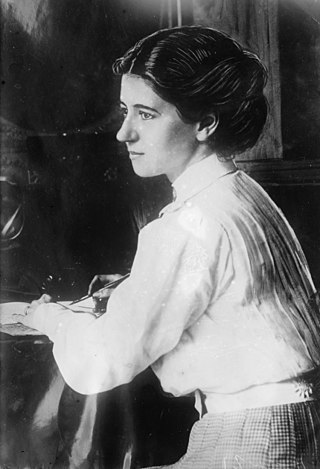
Violet Oakley was an American artist. She was the first American woman to receive a public mural commission. During the first quarter of the twentieth century, she was renowned as a pathbreaker in mural decoration, a field that had been exclusively practiced by men. Oakley excelled at murals and stained glass designs that addressed themes from history and literature in Renaissance-revival styles.

The George W. South Memorial Church of the Advocate, also known as the George W. South Memorial Protestant Episcopal Church, is a historic church at 18th and Diamond Street in North Philadelphia, Pennsylvania, USA.
Donald E. Camp is an American artist, photographer, and professor emeritus of photography at Ursinus College in Collegeville, Pennsylvania. Camp holds both a Bachelor of Fine Arts and a Master of Fine Arts from Tyler School of Art in Philadelphia. Camp is notable for his portraits that explore the dignity and nobility that can be found in the human face, particularly those of African American men. Camp's unique printing methods are based on early 19th Century non-silver photographic processes.

Paul Farwell Keene Jr. was a Philadelphia-area artist and teacher whose work helped raise the visibility of Black American artists. As a self-described "abstract realist," his story reflects both the accomplishments and the difficulties of African American artists in the 20th century.

Ellen Powell Tiberino (1937-1992) was an African American artist who was figurative and expressionist in her pastels, oils, pencil drawings and sculptures. Her works were infused with the experiences and history of Black people, women in particular, whom she most often painted in dark and haunting hues. She was a prolific artist, working against time as she battled cancer for the last 14 years of her life.
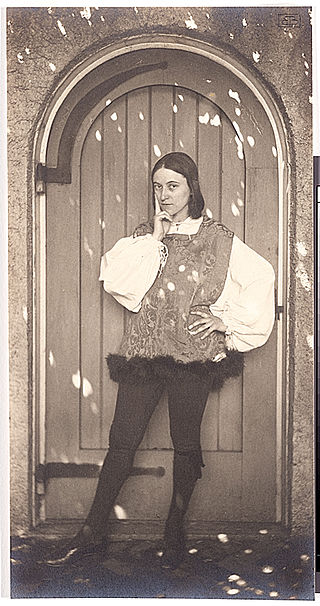
Edith Emerson was an American painter, muralist, illustrator, writer, and curator. She was the life partner of acclaimed muralist Violet Oakley and served as the vice-president, president, and curator of the Woodmere Art Museum in the Chestnut Hill neighborhood of Philadelphia, Pennsylvania, from 1940 to 1978.
Raymond Steth, born Raymond Ryles, was a Philadelphia-based graphic artist recognized for his paintings and lithographs on the African-American condition in the mid-20th century, often through scenes of rural life and poverty. Working under the Works Progress Administration's graphics division in the 1930s and 1940s, Steth's art covered a range of topics and emotions from pleasurable farm life to protest and despair.
The Pyramid Club was formed in November 1937 by African-American professionals for the "cultural, civic and social advancement of Negroes in Philadelphia." By the 1950s, it was "Philadelphia's leading African-American social club."
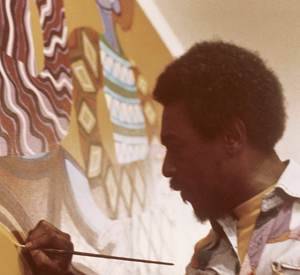
Charles Robert Searles was an African American artist born in Philadelphia in 1937. He studied at the Pennsylvania Academy of Fine Arts and was active from the 1960s until he died in 2004 from complications from a stroke.
Louise D. Clement-Hoff was an American painter and educator who specialized in oil painting, pastel and drawing of human figures and still lifes.

Samuel Joseph Brown Jr. (1907–1994) was a watercolorist, printmaker, and educator. He was the first African American artist hired to produce work for the Public Works of Art Project, a precursor to the Work Progress Administration's Federal Art Project. Brown often depicted the lives of African Americans in his paintings. He worked primarily in watercolor and oils, and he produced portraits, landscapes and prints.
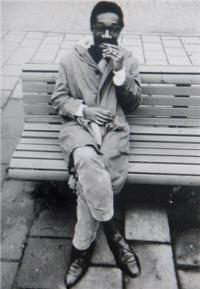
Roland Ayers (1932–2014) was an African American watercolorist and printmaker. He is better known for his intricate drawings – black-ink figures of humans and nature intertwined in a dream-like state against a neutral backdrop. A poet and lover of jazz and books, he expressed his poetry through images rather than words, he often noted, and considered his artwork to be poetry.
Barbara J. Bullock is an African American painter, collagist, printmaker, soft sculptor and arts instructor. Her works capture African motifs, African and African American culture, spirits, dancing and jazz in abstract and figural forms. She creates three-dimensional collages, portraits, altars and masks in vibrant colors, patterns and shapes. Bullock produces artworks in series with a common theme and style.
Allan L. Edmunds is an American artist.

Reginald Gammon (1921-2005) was an American artist and member of the African American artist's collective, Spiral.

Humbert Howard was an American artist and art director of the Pyramid Club.
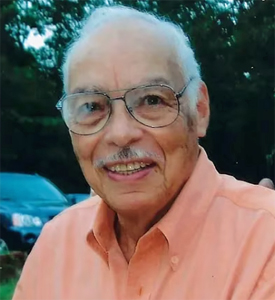
Howard N. Watson (1929–2022) was an African American watercolorist, landscape artist, illustrator and teacher. He was known for his impressionistic watercolors of historical buildings, streets, neighborhoods and landmarks in the Philadelphia region.
James Brantley is an American artist known for his painting.
James Atkins is an American artist known for his paintings of Philadelphia. Mainly self-taught, Atkins attended art classes at Samuel S. Fleisher Art Memorial art school in South Philadelphia.
Richard J. Watson is an American artist. He was born in Badin, North Carolina. He attended the Pennsylvania Academy of the Fine Arts. In the 1970s, he collaborated with Walter Edmonds to create murals for the Church of the Advocate in Philadelphia, which was a center of activity for the civil rights movement in North Philadelphia. The church commissioned them to paint murals for the interior. They were requested to portray a combination of Black history and themes from the Bible. They were active in the Church of the Advocate and they donated their time to create the murals. 14 murals were completed from 1973 to 1976. Titles include "Creation", "I Have a Dream", "The Lord smote the firstborn in the land of Egypt" and "God has chosen the weak to confound the strong".











